ALL BLOG POSTS
-
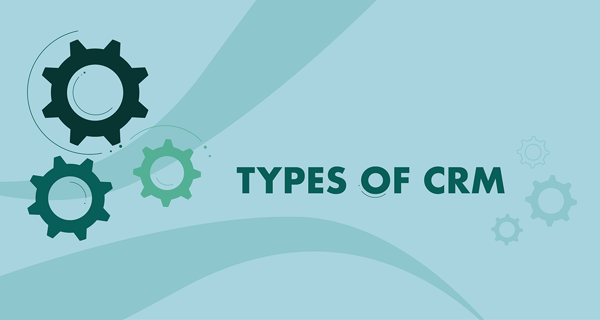 CRM6 June, 2024
CRM6 June, 2024What are the 3 types of CRM? Recommendations, examples and best practice tips
-
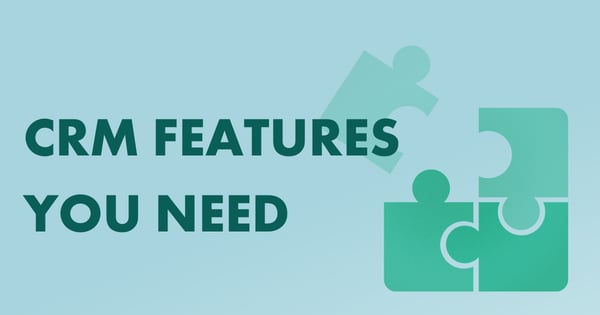 CRM6 June, 2024
CRM6 June, 20249 CRM features you need for a successful customer relationship strategy
-
 CRM9 May, 2024
CRM9 May, 2024The Key to Business Success? Relationships!
-
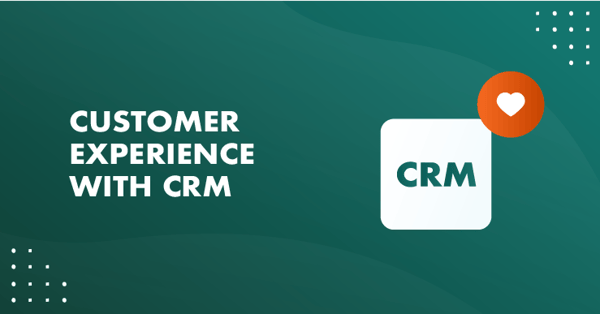 CRM18 February, 2024
CRM18 February, 2024How to provide a great customer experience with a CRM
-
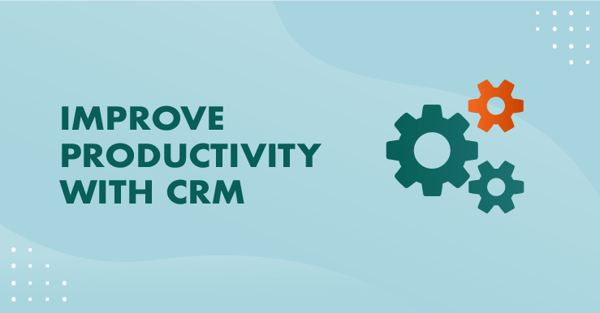 CRM16 February, 2024
CRM16 February, 20245 ways you can improve productivity with a CRM
-
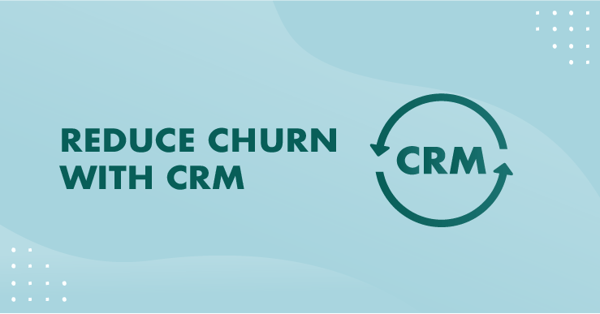 CRM12 February, 2024
CRM12 February, 2024How to Reduce Customer Churn Using a CRM
-
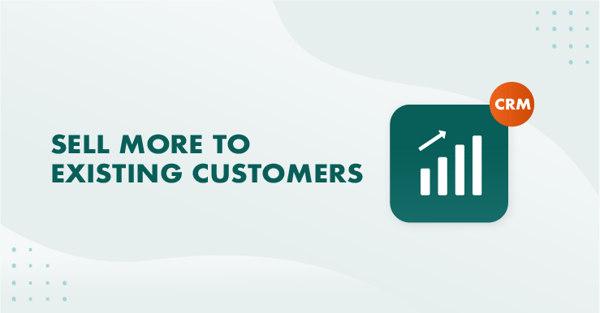 CRM25 January, 2024
CRM25 January, 2024How to sell more to existing customers using a CRM
-
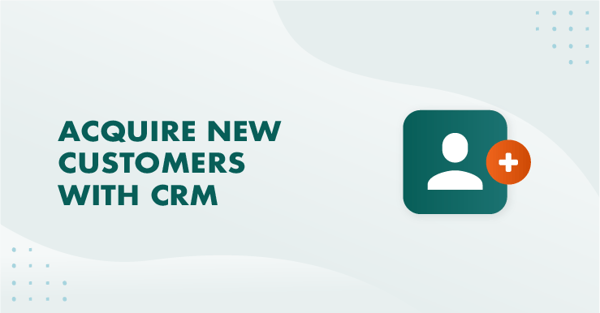 CRM23 January, 2024
CRM23 January, 20245 ways to acquire new customers with a CRM
-
 CRM21 December, 2023
CRM21 December, 2023Why quality data is the backbone of any AI strategy
-
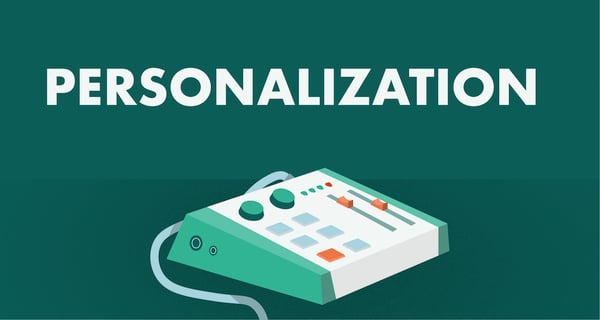 CRM8 December, 2023
CRM8 December, 202311 Personalization Strategies for Marketing, Sales and Customer Support Teams
-
 CRM16 May, 2024
CRM16 May, 2024CRM and AI: The synergy that stimulates growth and builds stronger relationships
-
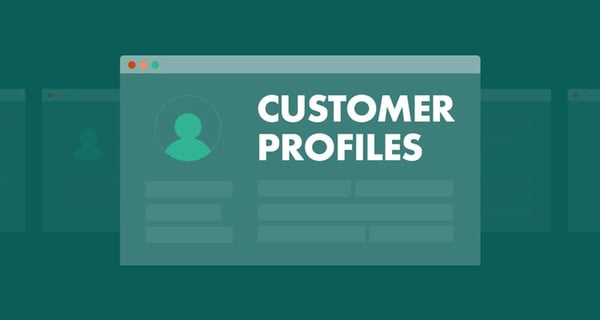 CRM22 January, 2024
CRM22 January, 2024Customer Profiles: How to Target your Ideal Customer (With Real Examples)